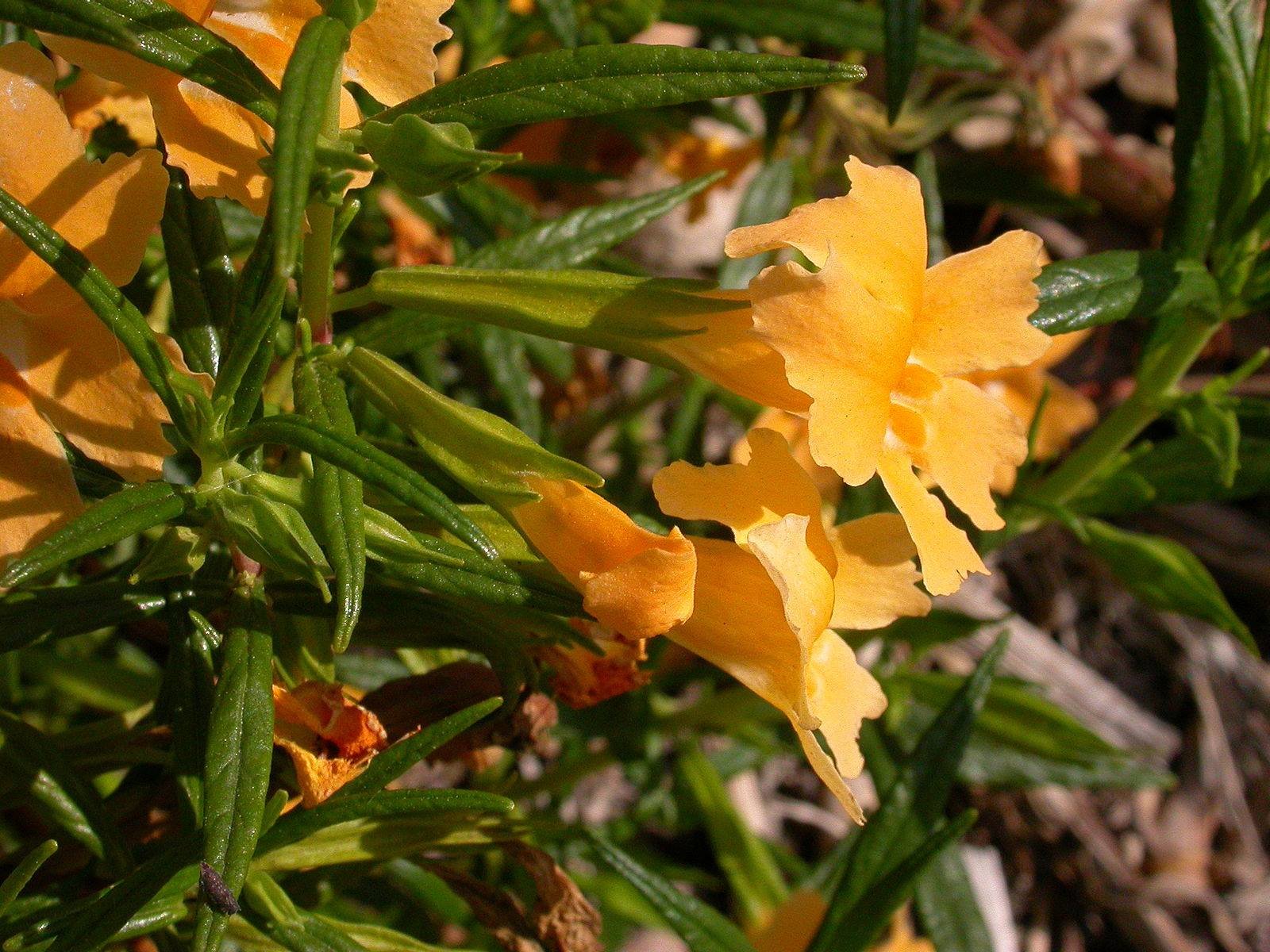Our History
In the late 1980s Stanford University’s administration and Professor Paul Ehrlich’s Center for Conservation Biology collaborated on numerous projects to protect local biodiversity and support conservation on Stanford lands. During the first decade interactions between the administration and the CCB were conducted on a case-by-case basis, and ranged from creation of wetlands to starting work on California tiger salamanders. In the late 1990s the involvement expanded and work and personnel began to shift from the CCB to the administration. The Conservation Program was formalized (within the University Architect/Planning office, now part of Stanford’s Land, Buildings & Real Estate (LBRE) department) at the 1990s and became separate from the CCB in the early 2000s (the Conservation Program maintains ties with the CCB and many of its former members). The Conservation Program has been housed in several locations, and has been operating from the FCF since 2014. Today, the Conservation Program’s team main role is to work with the University in order to preserve natural resources found on Stanford lands. As part of this work the Conservation Program conducts field activities to manage and enhance native species, works on strategic land use plans with other University entities, and facilitates responsible use of resources by academic groups.

